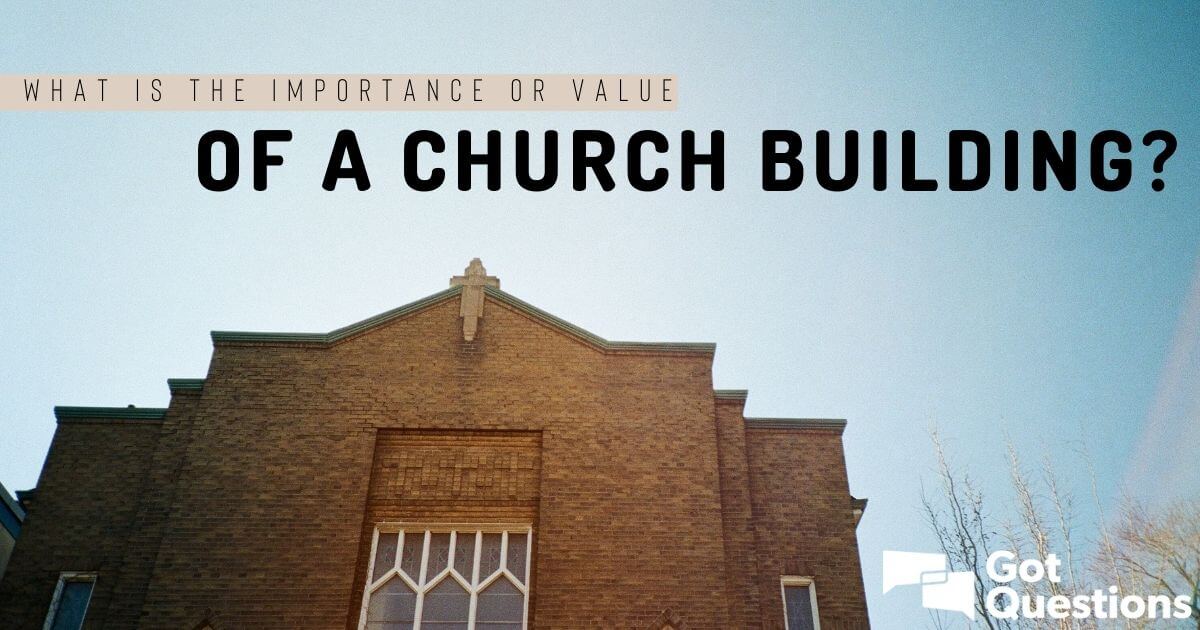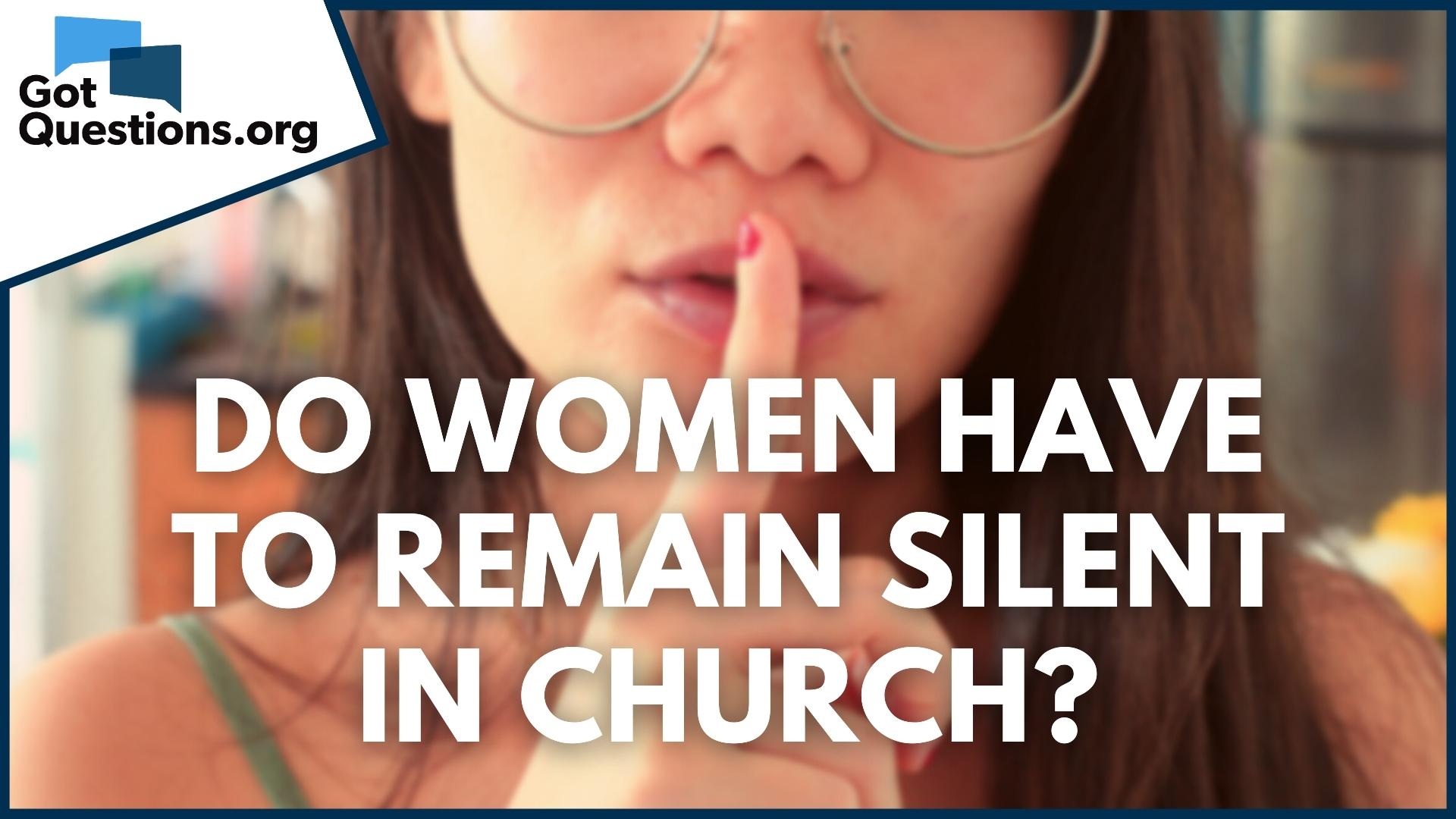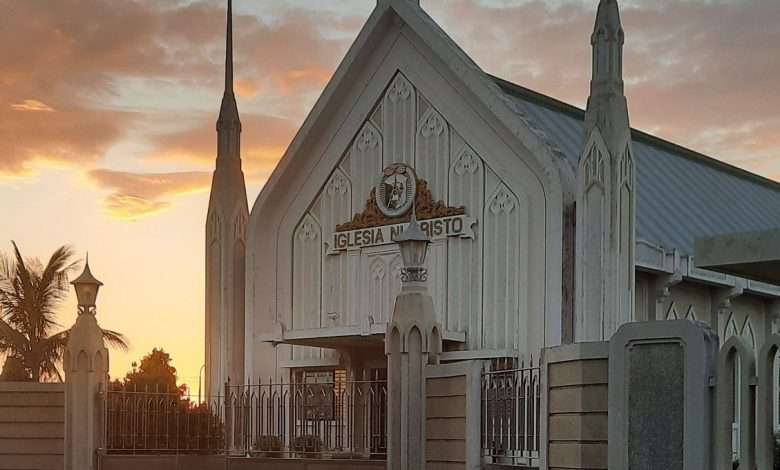Are Church Buildings Biblical? Church buildings are a fixture of many communities, and they are often seen as symbols of faith. But is this actually the case? In today’s blog post, we will be exploring whether or not church buildings are Biblically valid. From their origins in the Old Testament to their use today, we will take a look at why churches may be built where they are and whether or not they comply with biblical principles.
What Is The Debate Over Church Buildings?
The debate over church buildings has been going on for centuries, and there are still many people who believe that churches should be built with a certain style or architecture.Others believe that the purpose of a church is to house God’s people and that it doesn’t matter what the building looks like.There are also those who believe that the Bible does not specifically mention how a church should be constructed, and so the issue is open to interpretation.
Ultimately, it is up to each individual believer to make their own decision on this topic. While there are some general guidelines that can be followed, ultimately it is up to each individual congregation to decide what look they want their church to have.
The Historical Context Of Church Buildings
Church buildings have a long and complex history. While they began as simple structures, over time they have evolved into some of the most elaborate and magnificent buildings in the world. In this article, we will explore the historical context of church buildings, from their origins to their present-day manifestations.
The first churches were built in the early days of Christianity by followers of Jesus Christ. These early congregations met in private homes or in temporary locations, such as tombs or caves. As Christianity spread throughout the Roman Empire, church leaders began to urge believers to construct permanent places of worship.
Early Christian architecture was simple and utilitarian in nature. Most churches consisted of a rectangular room with a roof supported by columns. The walls were often decorated with murals or paintings depicting scenes from the Bible.
Over time, Christian architects developed more elaborate styles of architecture. Gothic cathedrals are perhaps the most famous example of this trend. These grandiose edifices feature intricate structural details and soaring towers that convey an air of mystery and power.
As Christianity grew more popular throughout the world, church leaders realized that larger and more impressive structures were needed to accommodate growing crowds. So they began building basilicas – resembling large temples – which could hold hundreds or even thousands of worshippers at once.
Today, church buildings continue to evolve in response to changing needs and trends. Many churches now use modern architectural techniques like glass windows and sleek designs to create a contemporary appearance while still
Arguments For And Against Church Buildings
There are many arguments for and against church buildings. Arguments for include that churches provide a sense of community, offer a place to worship, and provide support systems for those in need. Churches also play an important role in spreading the gospel. Arguments against include that churches can be used to oppressive regimes, contribute to social segregation, and be used as recruiting grounds for gangs.
The Purpose Of Church Buildings
Church buildings are a Christian tradition that goes back to the first century. Churches were built in order to house God’s people and to provide a place where they could come together to worship. Today, church buildings serve many purposes. They can be used for religious services, meetings, and other gatherings. Church buildings can also be used for educational purposes, such as classrooms, meeting halls, and libraries.
Church Buildings In The Bible
Church buildings are mentioned throughout the Bible. In the Old Testament, God instructed Moses to build a “house of God” (Exodus 25:24) and to appoint a leader for each of Israel’s 12 tribes (Deuteronomy 14:26-28). Solomon built two huge temples in Jerusalem, one for Yahweh and one for his pagan wife Queen Jezebel. Christendom inherited these temple traditions when it adopted Judaism as its official religion in the Roman Empire.
The New Testament also mentions churches. After Jesus’ resurrection, his disciples went into the city and found people selling palm leaves,buying wine and food, and discussing Jesus (Mark 11:15-19). As they were leaving town, they met a man with an alabaster jar of expensive ointment (Luke 7:37-50). When they asked him what he was doing with all that money, he replied that he was giving it away to help poor people (Luke 7:11-17). This event is commonly known as the first Pentecost.
After Jesus’ ascension into heaven, the apostles gathered together in Jerusalem to receive empowerments from Christ (Acts 1:1-14). They then divided up the world among themselves—the Eastern church went to Asia Minor, while the Western church remained in Judea. The churches grew quickly and soon began competing with one another for converts. Constantine legalized Christianity in 325 AD, making it the official religion of
Do Church Buildings Have A Scriptural Basis?
Scripture teaches that churches are buildings set apart for the worship of God (1 Corinthians 3:16-17; 1 Timothy 3:15). The New Testament church was established on the foundation of the apostles and prophets (Ezekiel 37:26), which is evidenced by their use of specific building plans and symbolism in their assemblies (Acts 2:46-47, 4:12-17; 1 Corinthians 11:2-16). These structures were designed to be a visible sign of God’s covenant presence among His people.
The first Christian church was founded in Jerusalem about 33 A.D. Under the leadership of James, it adopted some Jewish practices, such as gathering for prayer outside the Temple courtyard, but quickly expelled those who did not agree with its teachings (Acts 15). After Pentecost, when the full gospel message was preached to all nations by Peter and other apostles (Matthew 24), Christians began meeting together in homes (Acts 10) or pagan temples where they continued to fellowship under one roof. It wasn’t until after Emperor Constantine granted Christians legal status in 312 A.D., that they began constructing purpose-built churches throughout the empire (see also Acts 8:1-40; Romans 16:3).
Today, most Christian churches follow these original design principles, including a sanctuary or main room for preaching and worship, divided into three sections—the nave down the middle where the majority of people sit, a choir area on either
In the Bible, there is a lot of talk about church buildings. From the very first church in Jerusalem to Pentecostal churches today, it seems that people have always enjoyed gathering together in physical places for prayer and worship. While there are some disagreements about what specific elements make up a biblical church, the overall message is clear: Church buildings can inspire spiritual unity and encourage people to come together for shared purpose. Whether you are an atheist or devout believer, it’s worth considering whether building a traditional church might be something you want to pursue.






